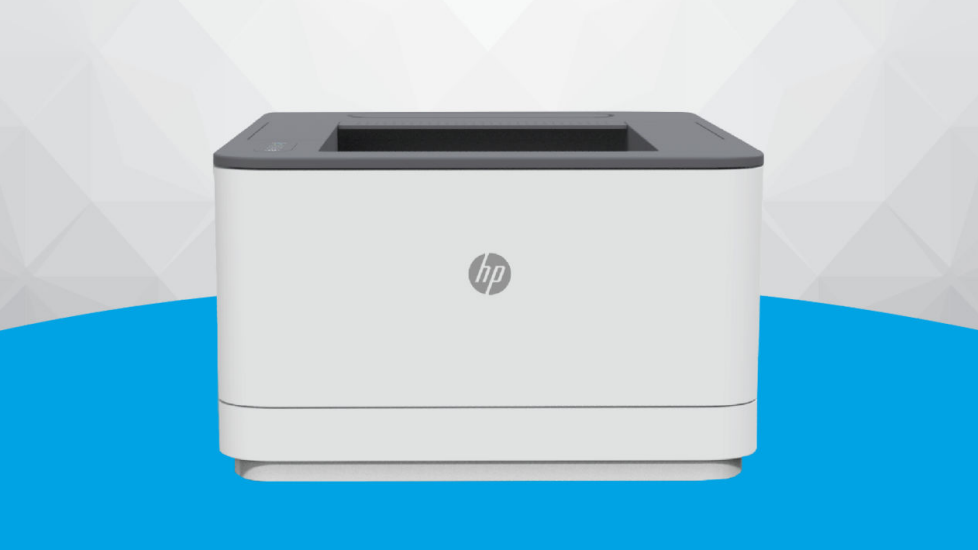Do you ever wish you could see into your business’s future? Knowing which products will likely sell out, when customers are about to churn, or when to staff up your customer support department could transform your decision-making process. With predictive analytics, you can gain insights that could permanently transform your business.
What is Predictive Analytics in Ecommerce?
Predictive analytics is a data analysis technique that helps businesses forecast future growth opportunities and pain points. By using predictive models, you can stay ahead of the curve—from anticipating product sellouts to nudging a customer to repurchase at the right time.
How Predictive Analytics Works:
- Collect historical and real-time customer data from sources like your ecommerce sales platform and customer relationship management system.
- Use machine learning algorithms to identify relationships within the data and uncover trends.
- The analytics software makes forecasts based on these trends, fine-tuning predictions as more data is collected.
- Businesses use predictions to make data-driven decisions.
Benefits of Predictive Analytics for Ecommerce
Predictive analytics is a powerful tool that can improve operations across your business. Here are a few of its benefits:
- Fewer stockouts and overstocks: Optimize inventory levels to avoid backorders during peak seasons.
- Decreased cart abandonment: Predict which customers are likely to abandon their carts and send reminders or discounts.
- Higher conversion rates: Segment your audience for marketing campaigns and offer personalized messaging.
Uses for Predictive Analytics in Ecommerce
Here are six key uses:
- Inventory management optimization: Predict sales demand to optimize inventory management.
- Personalization: Deliver personalized experiences by analyzing past purchase history.
- Marketing campaign improvement: Focus on audience segmentation to send appropriate marketing materials.
- Customer service optimization: Scale customer service operations during peak periods.
- Churn prevention: Identify at-risk customers and take proactive steps to retain them.
- Financial planning: Forecast future revenue to allocate resources effectively.
- Price optimization: Tailor pricing strategies to specific customer segments.
FAQ
What are the types of analytics in ecommerce?
- Descriptive analytics
- Diagnostic analytics
- Predictive analytics
- Prescriptive analytics
How can predictive analytics increase sales in ecommerce? Predictive analytics helps optimize pricing, offer personalization, decrease cart abandonment, and increase conversions.
What are the challenges of predictive analytics in ecommerce? Challenges include relying on clean data, potential high costs for implementation, and the risk of over-reliance on algorithms that may not account for market trends or customer preferences.










Comments
Join Our Community
Create an account to share your thoughts, engage with others, and be part of our growing community.